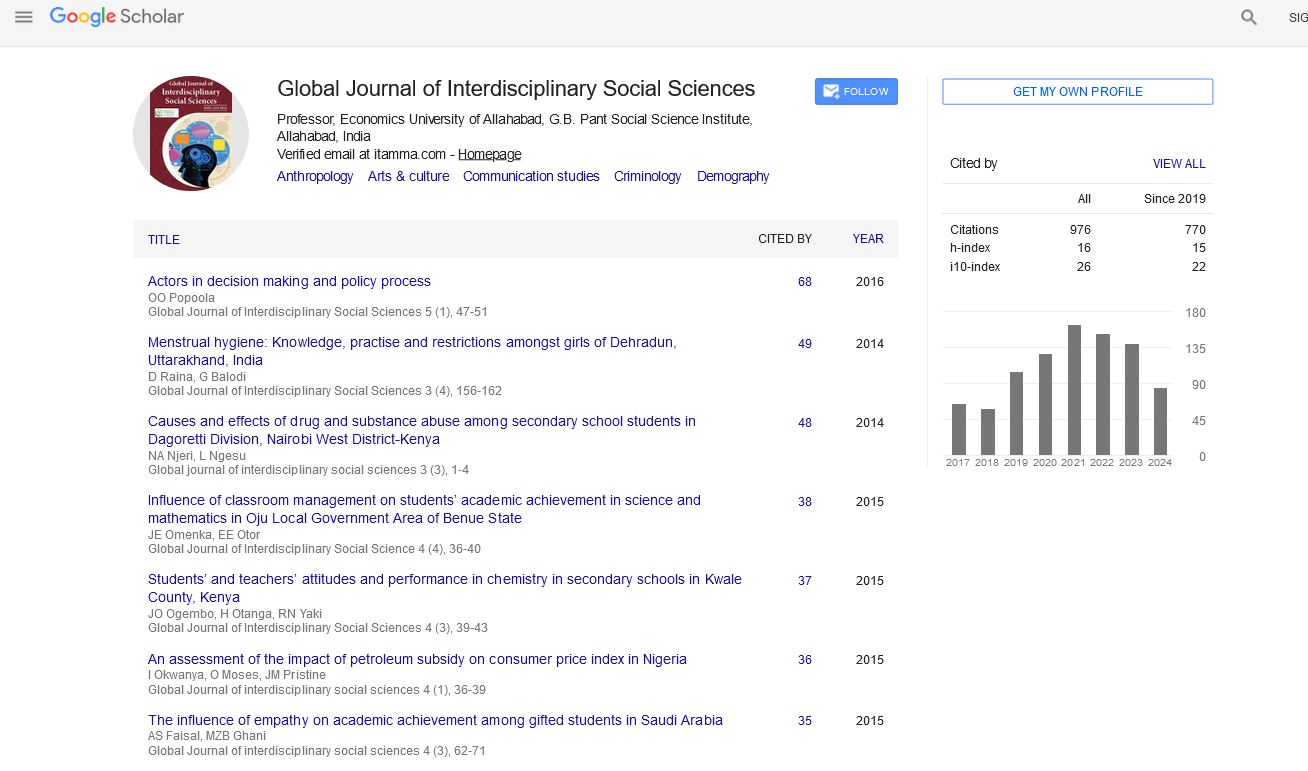Indexed In
- JournalTOCs
- Google Scholar
Useful Links
Share This Page
Journal Flyer

Open Access Journals
- Agri and Aquaculture
- Biochemistry
- Bioinformatics & Systems Biology
- Business & Management
- Chemistry
- Clinical Sciences
- Engineering
- Food & Nutrition
- General Science
- Genetics & Molecular Biology
- Immunology & Microbiology
- Medical Sciences
- Neuroscience & Psychology
- Nursing & Health Care
- Pharmaceutical Sciences
Abstract
Embodiment of Uganda’s Historic Buildings
Philip Kwesiga
This paper presents the findings and experiences regarding the Uganda’s buildings history, architectural education and production of building spaces in Uganda during the nineteenth and twentieth century. It investigates how local lowtech, attitudes, norms and values in Uganda architecture have been presented and represented in changing high-tech innovations, social structures, which they, in turn, can be seen to reproduce. The starting point is that the shift in building space itself reflect patterns of contemporary technological, socio-economic, cultural and power relations in Uganda in general and globalization in particular. It would seem, therefore, that the results of this paper lead us to attempt to account for previous technical knowledge dispositions, specific to economic, social and cultural history, in Uganda and the wider humanity. In other words, it would seem that the past local technology has left its mark on both recent and present activities and attitudes to building spaces. With effort from the existing building space groups and institutions of higher learning, the trends of in building spaces will continue to change but that there is need to conserve those unique historic buildings.

